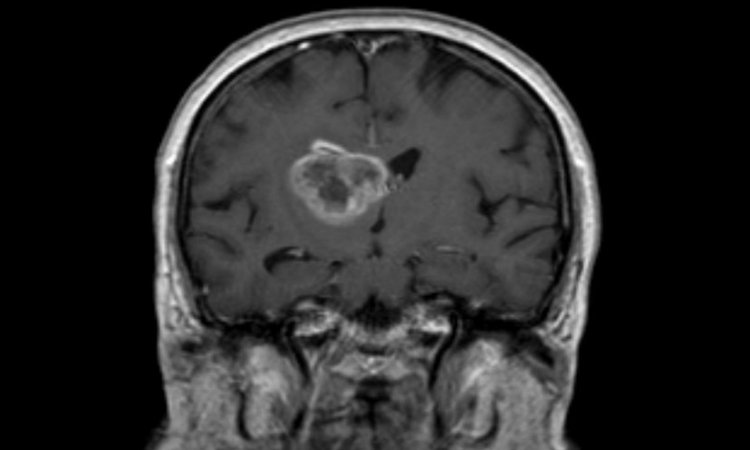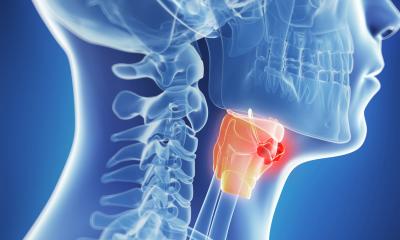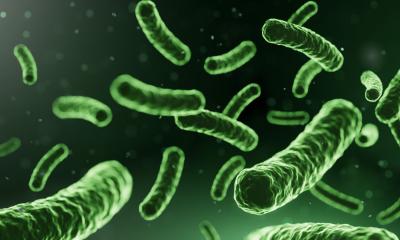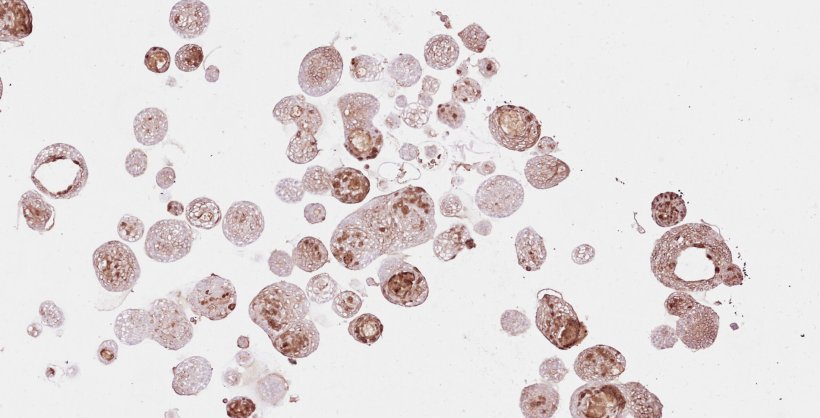
Image credit: Organoid group, © Hubrecht Institute
News • HSNCC treatment stratification
Head and neck cancer: using organoids for personalized therapy
Researchers from the Organoid group (Hubrecht Institute) and UMC Utrecht have developed a biobank with organoids derived from patients with head and neck cancer (HNC).
They used this biobank to validate known HNC biomarkers and found that treatment responses in the organoids matched those seen in patients. The results of the study were published in Med and could aid treatment decisions and discovery of novel therapies for HCN patients in the future.
Head and neck cancer (HNC) is an overarching term used for several types of cancer, including the most common form called head and neck squamous cell carcinoma (HNSCC). HNC patients can be treated with a combination of surgery, radiotherapy and/or chemotherapy. Nevertheless, treatment is not always effective. Rosemary Millen, shared first author of the paper, explains: “These treatments cause serious side-effects and some patients are therefore unable to finish the treatment. And even after going through such a harsh treatment, 60% of patients relapse.” The limited efficacy of treatments might be explained in part by the fact that the genetic makeup of the tumor differs strongly between patients. As a result, the most suitable therapy is different for each patient. “Clinicians currently have limited tools to properly distinguish this. There is therefore an urgent need for better biomarkers: indicators that we can measure in each individual patient in order to determine from which treatment they would benefit most. Ideally, such a personalized approach would prevent you from unnecessarily burdening patients with treatments that might not work, and lead to a better prognosis,” explains Else Driehuis, corresponding author of the paper.
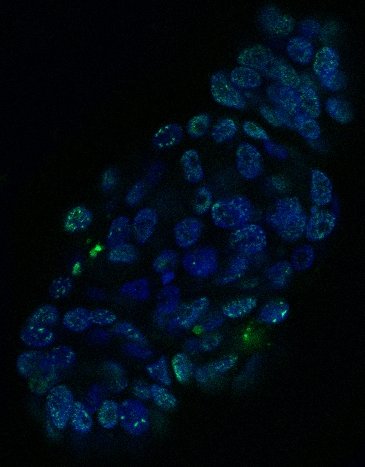
Image credit: Organoid group, © Hubrecht Institute
A first step towards such personalized treatments is to develop better models that reflect tumor variability more accurately. The researchers therefore set up a biobank of HNC organoids: miniature versions of patient tumors, grown in the lab. Millen: “Ultimately, the goal of such a biobank would be to use the organoids to guide personalized treatment decisions in the clinic. Of course, before we can do that, we first needed to investigate whether the treatment response in the organoids correlates with the response seen in patients.” Driehuis adds: “Willem de Kort, shared first author of the paper, was able to collect many HNC patient samples at the UMC Utrecht. He collected tumor tissue from these patients, either during diagnostic biopsies or surgical resections of the tumor, and followed their disease course. We closely collaborated with surgeons, oncologists and radiologists throughout the project. It was a real team effort.” The team was able to grow HNC organoids from the patient tissues and confirmed that these ‘mini tumors’ closely resembled the patient tumors, as they retained the same histological and genetic features. Millen: “We then treated the organoids with several therapy types and measured treatment efficacy by determining how many cells in the organoids died. The next step was to correlate this to treatment response in patients.”
It’s difficult to distinguish the individual contributions of the drug and the radiation therapy to the overall effect of this combination treatment, but in the organoids we can pull that apart
Else Driehuis
After treating the organoids with radiotherapy, the team showed that the organoid response resembled treatment responses in patients. “The organoids therefore hold potential for predicting patient outcomes. The correlation between organoid and patient response was there for patients receiving adjuvant radiotherapy, meaning that radiation is used in addition to surgical resection of the tumor. In cases where patients received radiotherapy as a primary treatment, we need to investigate this further,” explains Millen. The researchers also studied the effect of chemoradiotherapy, a combination of radiation and chemotherapy. “Here we show that two specific chemotherapy drugs, cisplatin and carboplatin, have a radiosensitizing effect in the organoids. This means that it makes the tumor cells more sensitive to radiotherapy. These results are consistent with what we see in the clinic and therefore underline again the predictive potential of organoids in this setting,” says Driehuis.
Some of the discoveries made by the team could have implications for HNC patients in the near future. For example, they showed that the drug cetuximab made the tumor organoids less sensitive to radiotherapy. Driehuis explains: “This is surprising, because the combination of this drug and radiotherapy is given to some HNC patients in the clinic today. In patients, it’s difficult to distinguish the individual contributions of the drug and the radiation therapy to the overall effect of this combination treatment, but in the organoids we can pull that apart. Our results fit with recent published data that show that survival of patients treated with cetuximab and radiotherapy is worse compared to treatment with radiotherapy alone. The clinical implication of these findings would be that it’s better to wait with cetuximab until after radiation therapy, but this change in timing of treatment is something you would need to test in patients of course.” The team also showed that a so-called PRMT5 inhibitor, a novel drug already in clinical trials for other cancer types, could be effective for a subgroup of HNC patients. Millen: “We sequenced the DNA of the organoids, to investigate the relationship between specific genetic mutations and the response to treatments. By doing so, we found that tumors with loss of the gene CDKN2A were responsive to treatment with this novel drug. It would be very interesting to see whether this effect is also found in patients, especially since this mutation is present in over 50% of HNSCC cases.” Driehuis concludes: “Taken together, our results highlight the clinical relevance of organoids derived from patient tumor tissue. One of the next steps would be to design a clinical trial, to really use the organoids to guide treatment decisions in HNC patients.”
Source: Hubrecht Institute
16.05.2023



